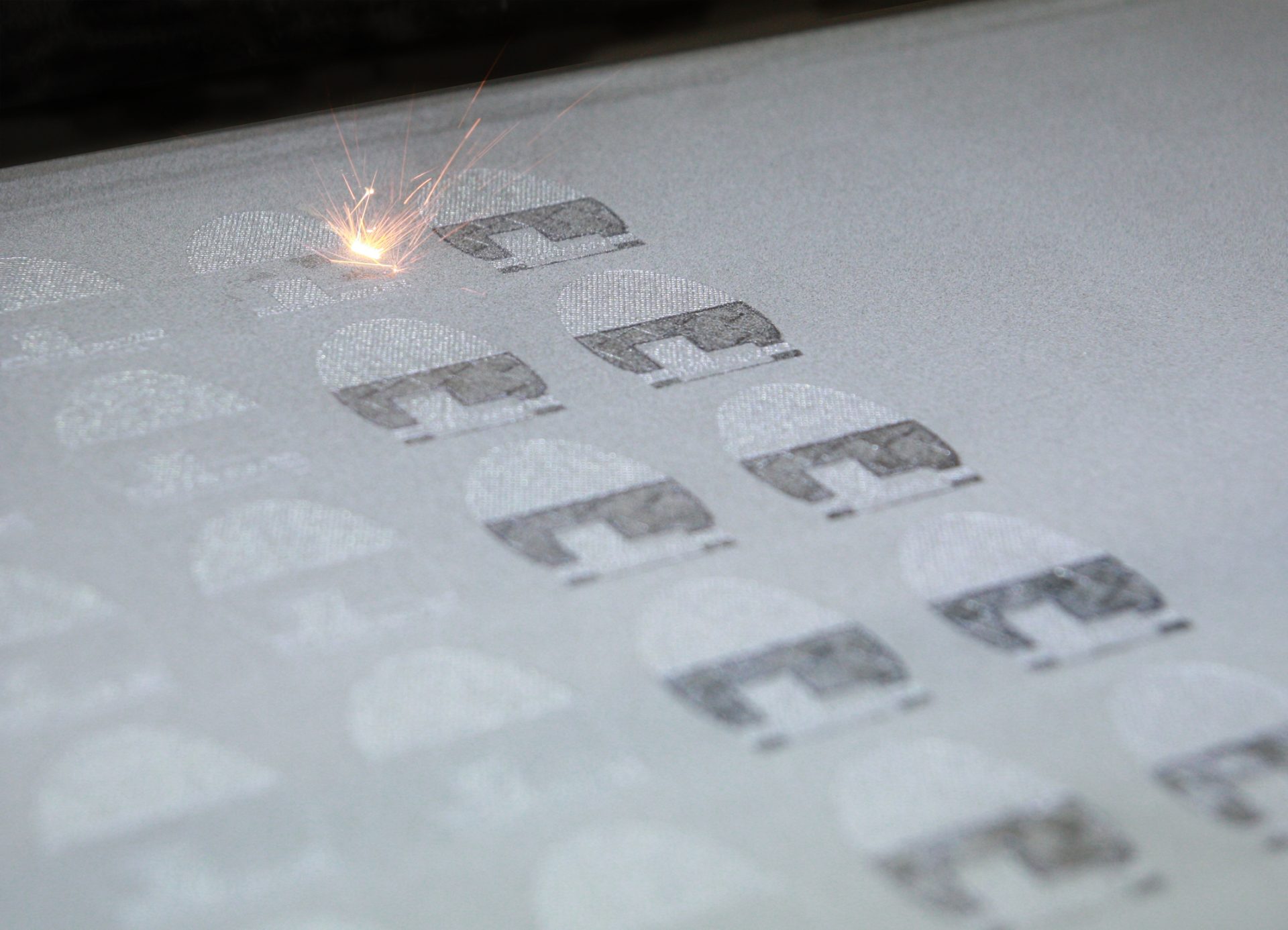Optimized design for product performance in a real-world application
Application Expertise – Reducing fuel consumption is a growing priority as Large Commercial Vehicles (LCV) contribute to increasing levels of greenhouse gas emissions. Organic Rankine Cycle (ORC) systems recover power from engine waste heat to increase efficiency. BNI has designed an additively manufactured dual-entry turbine to reduce the cost and complexity of the ORC system for our customer.
Internal Material Properties Database – Printed x/y/z-axis test coupons internally to characterize Inconel 718 material properties including low and high-temperature yield/tensile strength, LCF, HCF and elongation with sufficient sample sizes to ensure statistical confidence.
Designed for AM – Optimized the dual-entry inlet plenum geometry using CFD to enable co-location of the low and high-pressure inlet flanges maximizing available space.
Analysis – Utilized BNI’s internal material property database to perform detailed Finite Element Analysis (FEA) and confirm sufficient structure margins to meet operational requirements.
Onsite Printing and Final Machining – Printed the dual-entry turbine expander in Inconel 718 using our onsite EOS M290 DMLS machine followed immediately by final precision machining utilizing 5-axis simultaneous milling for converging-diverging nozzles. Improved surface finish via ECM to minimize skin friction.
Tested – Obtained test data with the AM development unit in dual pressure ORC test loop to demonstrate the viability of the dual-entry turbine concepts which met performance targets.
Integrated – Additive manufacturing is fully integrated into the BNI design process to optimize cost, lead-time, and performance while ensuring AM components meet customer operational requirements.


